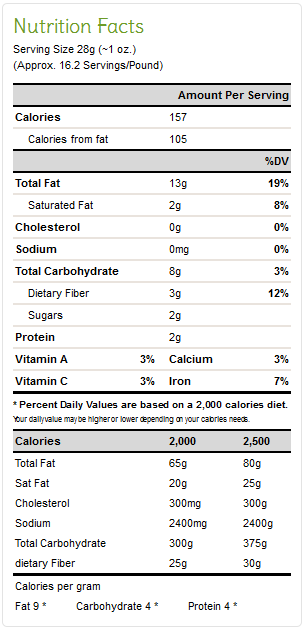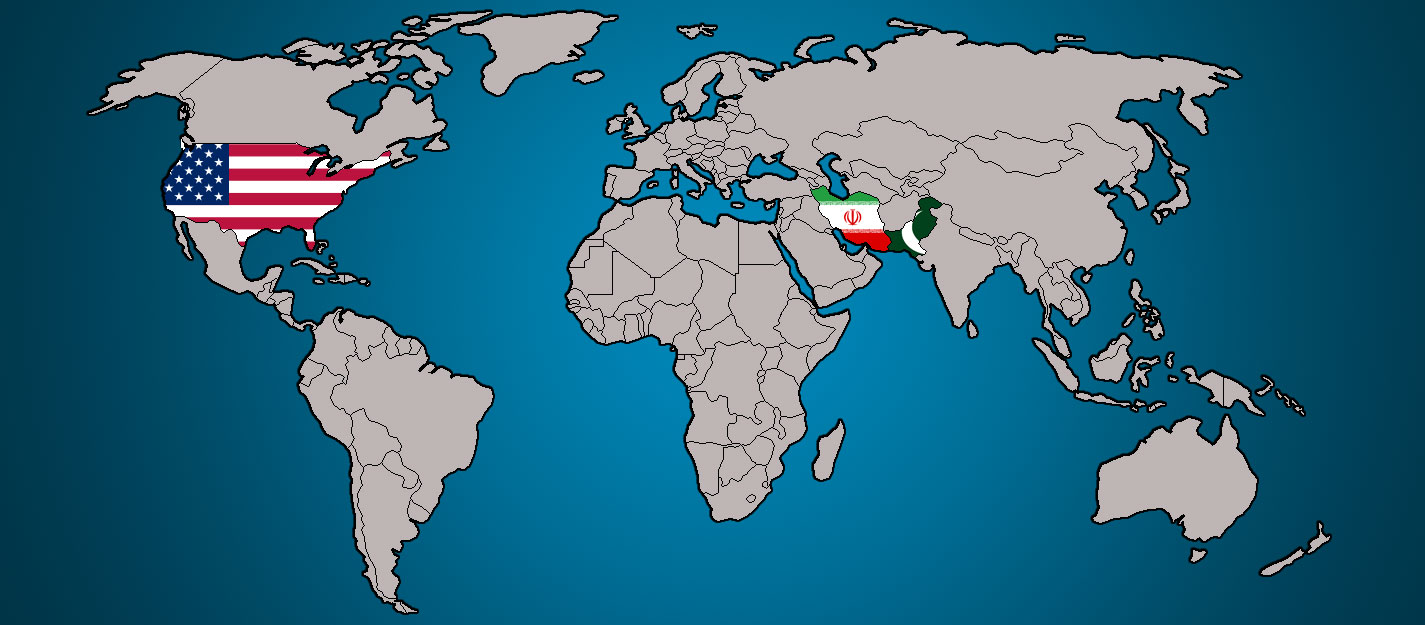Origins: USA, Iran
Scientific Name: Pistacia Vera
Iran, the United States and Turkey are the major producers of pistachios.[2] The trees are planted in orchards, and take approximately seven to ten years to reach significant production. Production is alternate bearing or biennial bearing, meaning the harvest is heavier in alternate years. Peak production is reached at approximately 20 years. Trees are usually pruned to size to make the harvest easier. One male tree produces enough pollen for eight to twelve drupe-bearing females. Harvesting in the United States and in Greece is often accomplished by using shaking equipment to shake the drupes off the tree. After hulling and drying, pistachios are sorted according to open mouth and closed mouth shell. Sun drying has been found to be the best method of drying.[15] Then they are roasted or processed by special machines to produce pistachio kernels.
Pistachio trees are vulnerable to a wide variety of diseases (see list of pistachio diseases). Among these is infection by the fungus Botryosphaeria, which causes panicle and shoot blight (i.e., kills flowers and young shoots), and can damage entire pistachio orchards.
In California, almost all female pistachio trees are the cultivar “Kerman”. A scion from a mature female Kerman is grafted onto a one-year-old rootstock. Male pistachios may be a different variety.
In Greece, the cultivated type of pistachios is different. It has an almost-white shell, a sweet taste, a red-green kernel and a little bit more close mouth shell than “Kerman” variety. Most of the production in Greece comes from the island ofAegina and the region of Thessaly – Almyros.
Bulk container shipments of pistachio kernels are prone to self-heating and spontaneous combustion because of their high fat and low water content.[16]
Once processed, the almond has proven to be a very versatile nut, serving a vast variety of uses. It can be processed into a number of different forms; in it’s raw form it is used as a snack and as an ingredient (particularly in the bakery and confectionary industries). Blanched almond meal is the main ingredient in marzipan furthermore blanched meal, sliced, slivered, whole blanched and split almonds are important ingredients in all the cuisines of the world. Almond milk has recently come to the fore an a substitute for diary and soya milk. Almonds oil has important uses in cosmetic applications as well as cooking oil.
Almonds are low in saturated fat and cholesterol free. They are high in protein and fibre and an excellent source of calcium and vitamin E.


